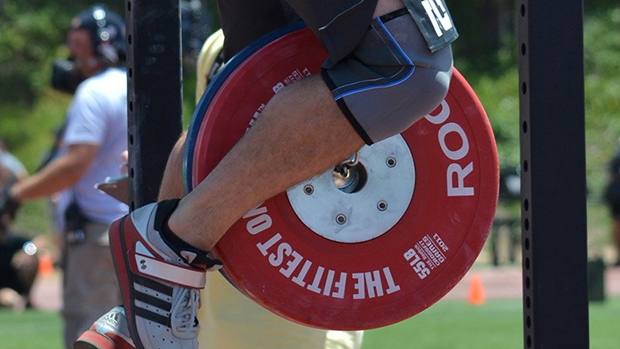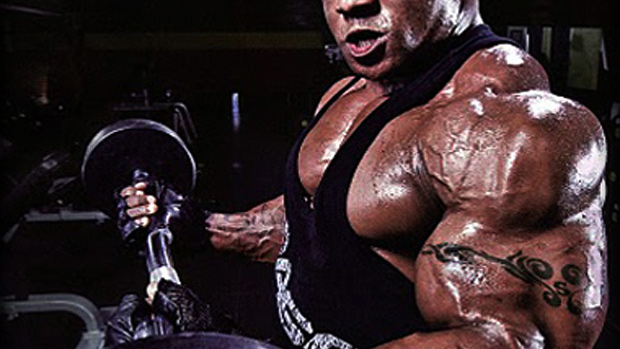Pull-ups and chin-ups are hard to beat when it comes to building a bigger, stronger upper body. The only problem with these vertical pulling staples? Well, you good get at them. You become stronger, more neuromuscularly efficient, or you lose fat. Now you're just working muscular endurance, not strength.
So what do you do? Add weight. The most common method is to strap some plates to a weight belt, dangle the weight to front of your body, and go for it. But there's a problem.
When you have a weight belt loaded with the resistance hanging between your legs anteriorly (to the front), the gravitational pull on the weights causes a forward and downward force on the pelvis. This tilts your pelvis causing excessive extension of the lumbar spine.
Aside from the potential for increased pain or injury, the excessive tilt from the front-loaded belt causes upper body mechanics to be thrown off. To stay out of this position, you could work like crazy to keep the pelvis from being tipped forward. Unfortunately, the extra energy and focus it takes to keep the pelvis out of the anterior tilt will compromise the force you can allocate towards the pull. With the goal of pulling more weight, this would be counterproductive.
A better way to load the pull-up or chin-up is to posteriorly load the body with the weight belt. Instead of having the weight hanging to the front, simply spin the belt around so that the weight is hanging to the back.
With the weight to the back, your pelvis is passively pulled into a more neutral position. This not only provides better alignment up the chain, but reduces the energy it takes to keep you in that position. Now you can focus on completing the pull rather than keeping yourself out of the unwanted position.





